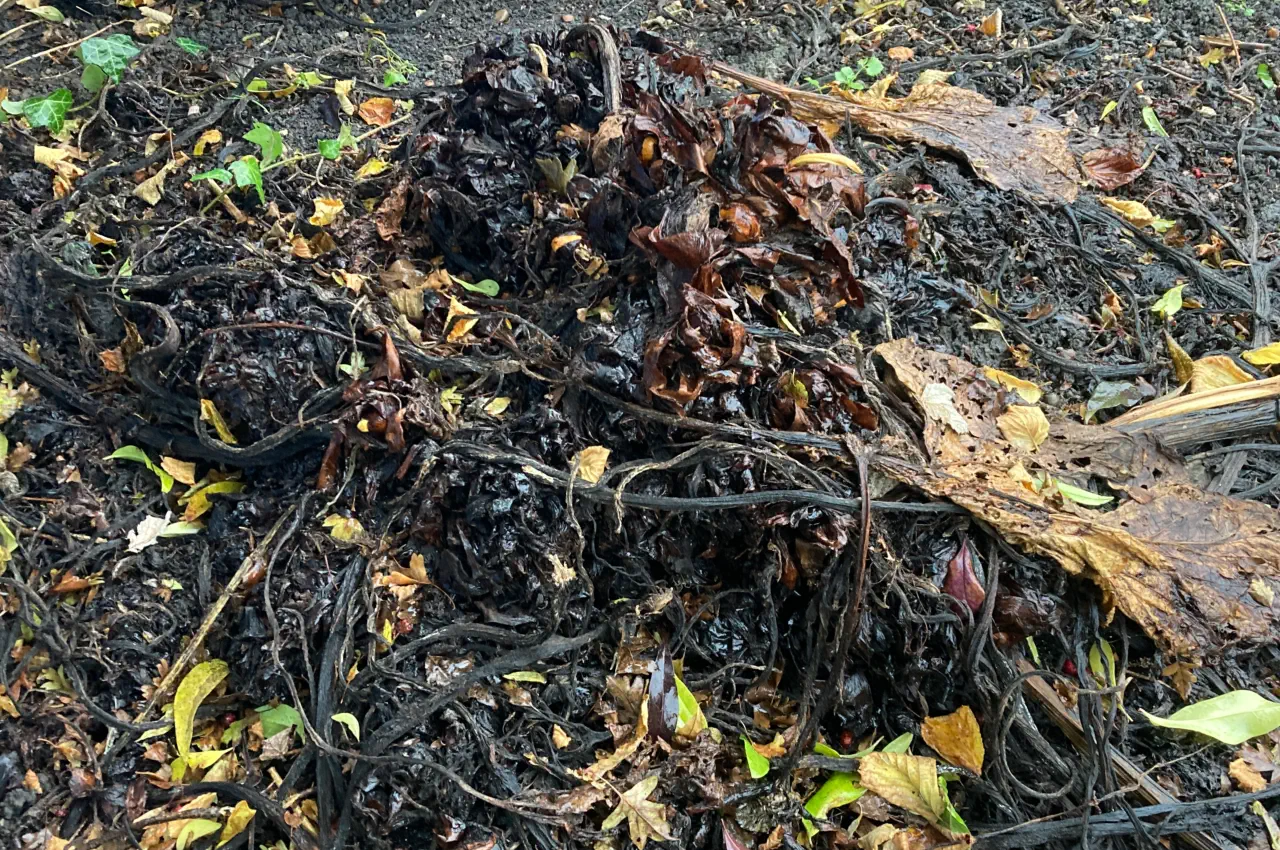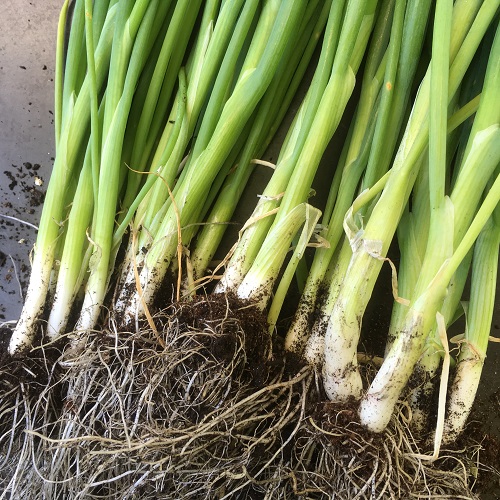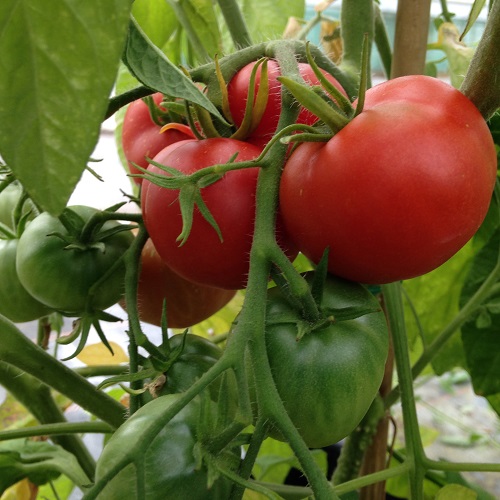Ah, rhubarb – that tart and tangy delight! If you’re a fan of rhubarb jams or that essential, the Rhubarb Crumble, then you know how rewarding it is to have a thriving plant in your garden. But how do you keep your rhubarb plants healthy? One key part of caring for them is knowing when and how to split them. we'll explain why splitting is important and walk you through the best way to go about it....
Why Do We Split Rhubarb Plants?
Splitting rhubarb plants offers many benefits. It helps to rejuvenate the plant and encourages vigorous new growth, it also will help keep diseases in check; overcrowded plants can be more prone to disease than those that are adequately spaced out.
The advantages of splitting don't stop there; dividing your rhubarb enables you to propagate more plants from existing stock – ideal for expanding a garden patch quickly and easily. Lastly, but most importantly, regular division ensures that the parent plant stays healthy and productive over time by giving its roots enough room to grow unhindered.
In short, splitting your rhubarb allows you to reap multiple rewards: increased vigour, improved nutrition uptake, better disease prevention - all while maintaining a high-yielding crop season after season!
When Is The Right Time To Split Rhubarb Plants?
Generally speaking, you should split your rhubarb plant during its dormant season, so in the UK late autumn or winter are great times to split your plants. During this period of dormancy, the energy stored up in the root system will give new divisions an excellent start once they're planted.
When splitting a mature rhubarb crown into several smaller ones, you should cut each segment so that there's at least one bud present on every division, but when doing ourselves we like to leave 3 or 4 per new plant. It's also important to make sure the soil around each divided piece is loose enough for healthy root growth and strong anchoring of the plant. This can be done by digging up the entire clump before dividing it with a sharp knife or spade.
Remember: while it may seem like a difficult process, splitting your rhubarb plants is essential if you want lush harvests year after year!
Sign up for the SimplySeed newletter to receive our free advice emails, direct to your inbox.
Step-By-Step Guide To Splitting Rhubarb Plants
To successfully split your rhubarb plants, there are key steps you should take.
The best time to divide rhubarb plants is in winter, or just before they begin to sprout new shoots, although if they have already started, it'll be fine.
You'll want to dig around the root system of the plant to loosen it up before splitting with a spade. Once you have loosened up the soil, place one hand under each side of the plant and use gentle force to separate it into two evenly sized pieces. Make sure that both halves have healthy stems attached for optimal success.
Once you've divided your rhubarb plants, be sure to replant them immediately in well-draining soil at least 8 inches deep. Water thoroughly after planting and keep an eye out for signs of wilting or discoloration which may indicate that more water is needed during dry periods. With proper care, these newly divided rhubarb plants will grow strong over time!
Tips For Care And Maintenance Of Split Rhubarb Plants
Start by preparing the soil, making sure it's loose and well-drained. When planting your rhubarb divisions, space them about two feet apart to allow ample room for each plant to thrive. Keep in mind that overcrowding can weaken them so be sure to give your plants plenty of breathing space!
Water is key when caring for split rhubarb plants; they need at least an inch of water per week during the growing season. If rainfall isn't enough, supplement with regular sprinkler sessions or deep soaking every few days. Fertilising once a month with a balanced fertiliser also helps keep plants healthy and productive. Apply the fertiliser around the base of each plant, avoiding contact with its stalks as this may cause burning or discoloration.
Finally, monitor regularly for signs of pest infestation such as aphids, slugs or caterpillars which can damage leaves or stunt growth if left untreated. With proper care and attention, you'll have beautiful lush rhubarb divisions in no time!
Share your Rhubarb tips? Let us know with a comment below....
All blog content on this page is copyright of SimplySeed and is not to be reproduced without prior written permission. ©













